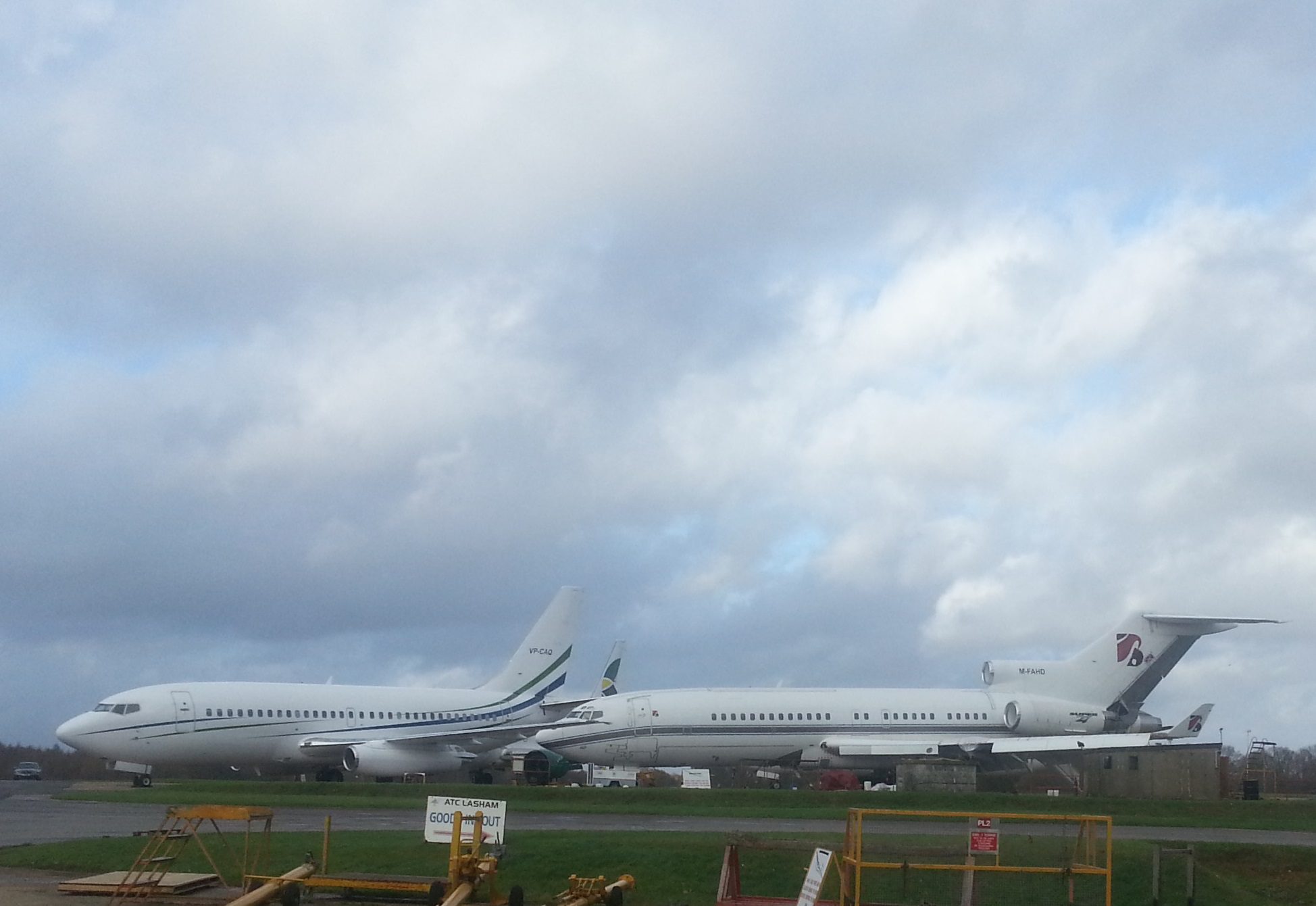Aircraft leasing involves the lessee (airline) paying maintenance reserve funds to the lessor, which are used to cover the costs of maintenance or overhaul when required. Key elements of these maintenance costs include:
Labour and Material Costs: These are the fundamental expenses involved in maintenance, including the cost of labour and materials.
Routine and Non-Routine Costs: Routine costs refer to regular, scheduled maintenance tasks outlined in the airline’s Approved Maintenance Program (AMP). Non-routine costs are unexpected or unplanned repairs and maintenance.
Calendar-Based Costs: These are costs that accrue over time, regardless of aircraft usage, like annual expenses for heavy structural checks and landing gear overhauls.
The maintenance events and requirements for each aircraft and component are outlined in a Maintenance Planning Document (MPD), which includes Maintenance Review Board Report (MRBR) standards and additional scheduled events. For instance, a Boeing 737-800 might have a C-Check interval of 20 months, indicating a mandatory maintenance check every 20 months.
Maintenance Reserve Rates are a crucial aspect of lease negotiations and are calculated as the Cost of Maintenance Event divided by the Interval between events. These rates are typically expressed in terms of cost per month, per Flight Hour (FH), or per Flight Cycle (FC), with FH indicating hours flown and FC representing a takeoff and landing.
However, there are certain exclusions where the maintenance reserve may not cover costs, such as repairs due to Foreign Object Damage (FOD), work required for Airworthiness Directives (ADs), Manufacturer’s Service Bulletins (SBs), or Service Information Letters (SILs), and cabin or system modifications.
In some cases, instead of paying cash reserves, a lessee might provide a Letter of Credit (LOC). However, this option is less preferred by lessors due to various financial drawbacks, including loss of cash flow and inability to recognize reserves as income.
At the end of a lease, there may be financial adjustments based on the aircraft’s condition. This can lead to either additional payments by the lessee if the aircraft is returned in a worse condition or payments to the lessee if the aircraft is in better condition than agreed. End-of-lease payment structures include “Mirror-In / Mirror-Out” and “Zero-Time or Full-Life” adjustments.
An alternative arrangement is the Maintenance Cost Per Hour (MCPH), where airlines pay a fixed price to maintenance providers, transferring cost certainty and risk to the OEM and MRO. This benefits airlines by ensuring predictable future costs and benefits maintenance providers through advance payments and secured business.
To determine appropriate maintenance reserve rates, lessors use various sources, including past invoice claims, MRO quotations, competitor rates, aviation journal publications, and OEM handbooks and calculators.
If you are interested in learning more then why not consider our course – Lease Transition Awareness Course and follow us on LinkedIn.
